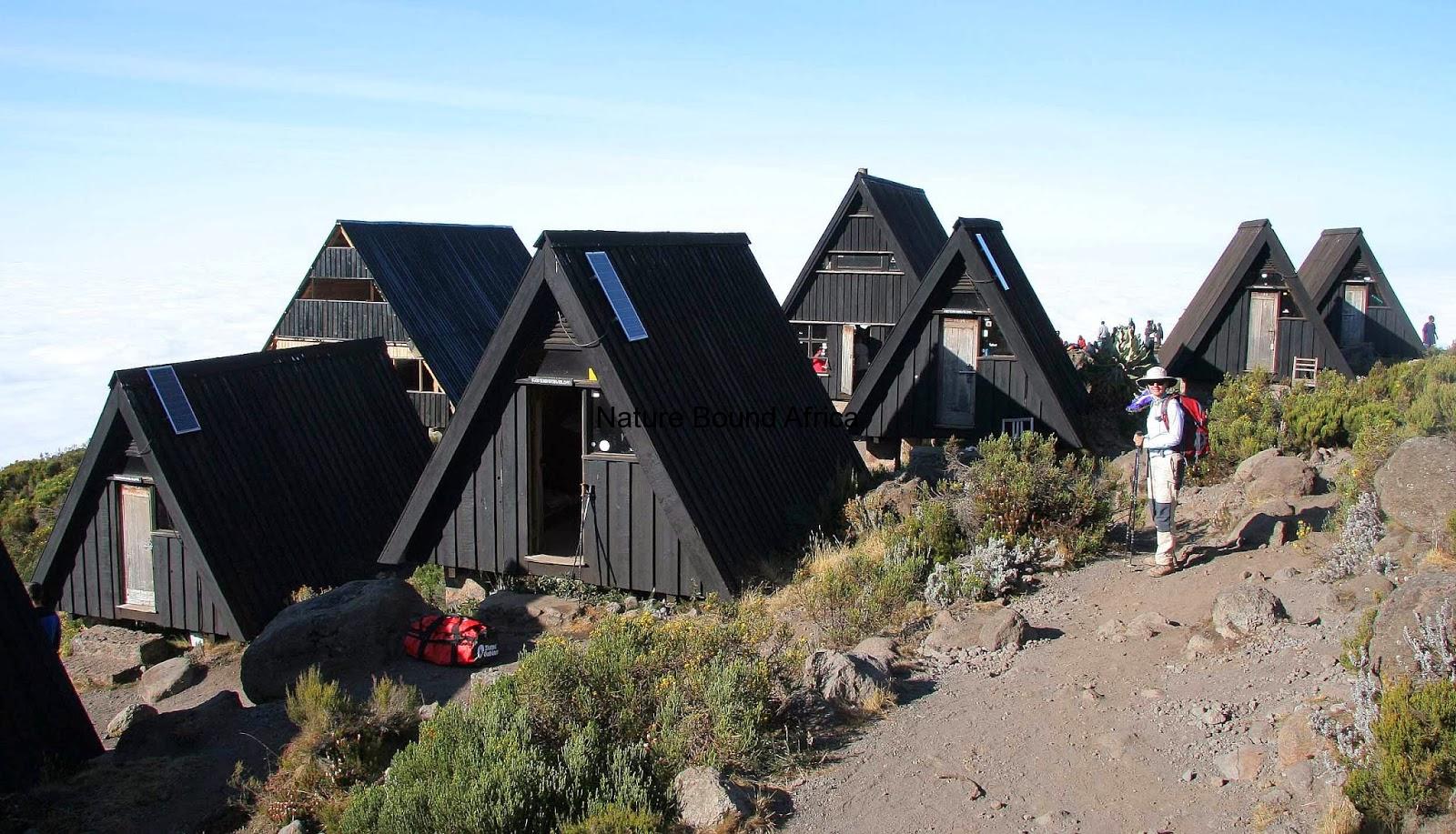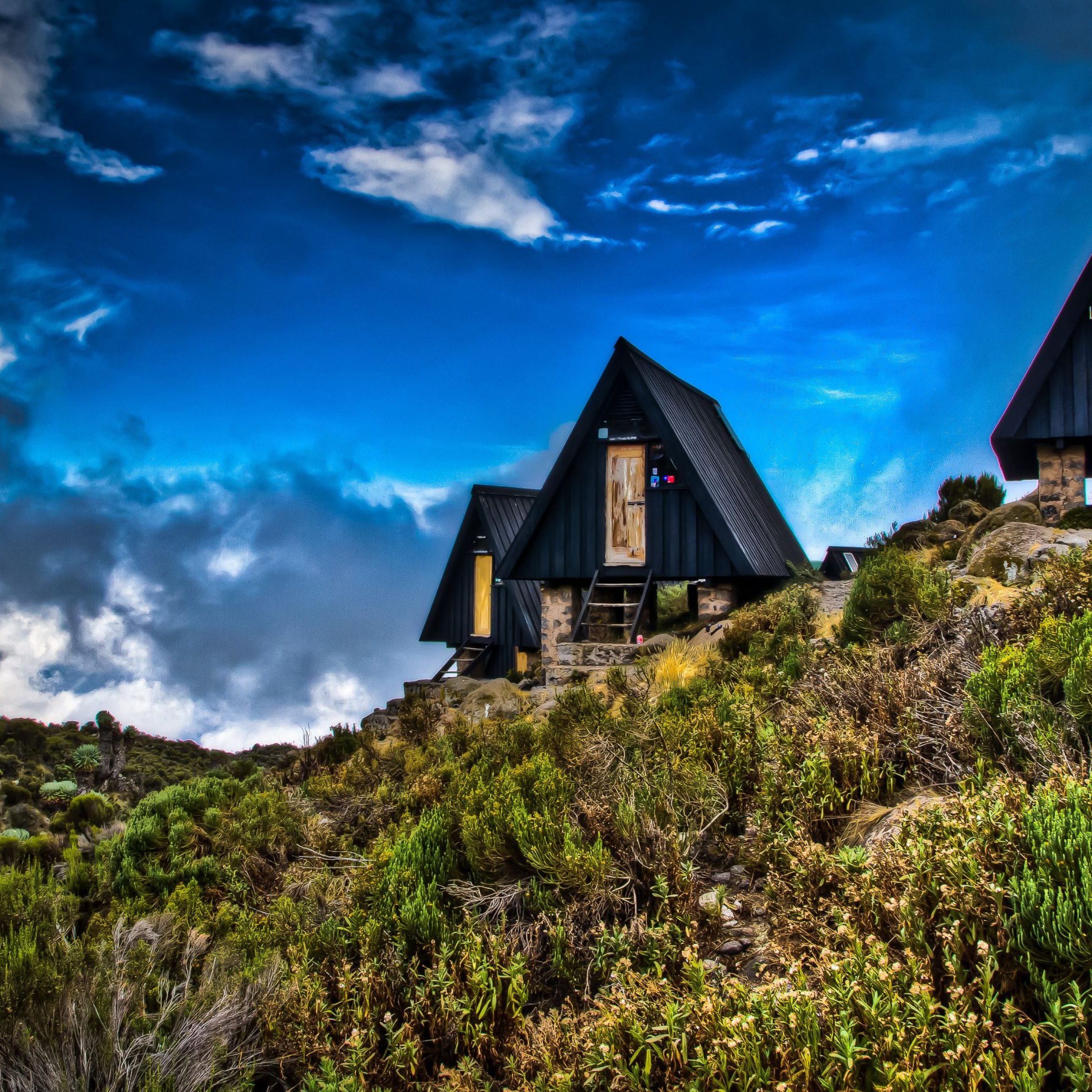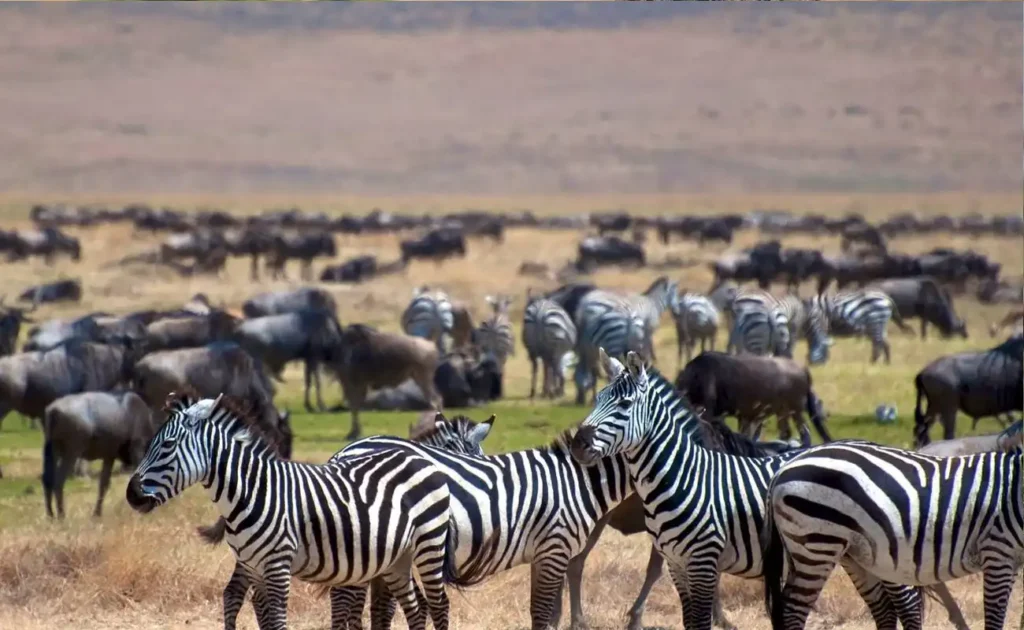High along the towering slopes of Mount Kilimanjaro, an unexpected refuge awaits climbers: the Horombo Huts. What makes this rest spot intriguing is not merely its geographical significance but the respite it offers amidst such extreme altitudes. Here, climbers find themselves in a unique alpine desert, where rest is not just a privilege but a necessity.
Nestled at an elevation of 3,720 meters, Horombo Huts serve as an essential acclimatization checkpoint within the Rongai and Marangu routes. The huts, established in the 1960s, can accommodate around 120 hikers, catering to both the ascent and descent journeys. This strategic rest point gives climbers a crucial opportunity to rest and adapt, increasing their chances of summiting Africa’s tallest peak successfully.

Horombo Huts: A Significant Rest Stop on Kilimanjaro
Located on the Marangu Route, Horombo Huts stand as a beacon for trekkers climbing Mount Kilimanjaro. Positioned at 3,720 meters, they offer a needed pause during the long ascent to the summit. Climbers find this rest spot invaluable for adjusting to the high-altitude environment. The huts provide basic amenities like beds and meals, helping hikers regain strength. With panoramic views of the mountain and surrounding landscape, the huts add a touch of beauty and motivation.
Horombo Huts are more than just a place to sleep; they are crucial for acclimatization. At high elevations, the body needs time to adjust to thinner air and lower oxygen levels. Spending an extra night here can significantly improve the chances of a successful climb. This extra day gives trekkers the chance to explore nearby trails, which not only helps in adjusting but also enhances the overall experience. It’s a strategy many climbers use to prepare for the push to the top.
The huts accommodate around 120 people at a time, making them a hub of activity. Climbers from all over the world gather, share stories, and bond over their shared adventure. This spot serves as a unique cultural exchange, highlighting the diverse group of individuals drawn to Kilimanjaro. Travelers often share advice, tips, and encouragement, creating a sense of camaraderie. It’s a reminder that the journey is not just about reaching the summit.
Despite the rustic charm, it’s vital to remember that Horombo Huts can get busy during peak seasons. Booking in advance is smart to secure a spot in this elevated retreat. The huts consist of simple, shared rooms, offering an experience closely connected to nature. Amenities may be basic, but they are sufficient for the needs of weary travelers. With each sunrise lighting the path to the peak, the stay at Horombo Huts becomes an unforgettable part of the Kilimanjaro journey.
Mandara Hut to Horombo Hut on Kilimanjaro | Trekking Day2 | VLOG 6
Geographical Significance of Horombo Huts
Horombo Huts are strategically located on Mount Kilimanjaro’s Marangu Route. Positioned between the Mandara Huts and Kibo Huts, they sit at an elevation of 3,720 meters. This spot is ideal for climbers to acclimatize to the high altitude. The location offers stunning views of the Mawenzi and Kibo peaks. It acts as a midpoint for those making the challenging trek to Africa’s highest summit.
The huts are situated in the alpine desert zone, characterized by its sparse vegetation. This region presents a harsh, yet beautiful landscape that contrasts sharply with the forested lower slopes. Here, one can observe unique plant life adapted to the high-altitude conditions. The alpine desert provides a unique ecological setting that fascinates many travelers. This area also serves as a habitat for various wildlife species.
Horombo Huts’ geographic position plays a crucial role in the success of many climbing expeditions. Its location allows climbers to ascend gradually, reducing the risk of altitude sickness. Spending time here helps the body adapt to lower oxygen levels in the air. This acclimatization is key to making a successful ascent towards the summit. Climbers often take an acclimatization day to explore the area and adjust better.
The huts also serve as a critical waypoint for emergency evacuations. In case of altitude sickness or injuries, the accessibility to and from Horombo Huts is vital. They are reachable by a variety of rescue methods, including stretcher and helicopter. This ensures that climbers can receive timely medical attention if needed. The geographical significance extends beyond just a rest stop; it’s a lifeline for climbers facing challenges.
The Role of Horombo Huts in the Kilimanjaro Climbing Experience
Horombo Huts are a vital part of the Kilimanjaro climbing journey, providing much-needed rest and comfort. As climbers traverse the Marangu Route, these huts mark an important stopping point. Not only do they offer shelter and food, but they also create a communal space for travelers. This environment fosters camaraderie among climbers from all corners of the world. Sharing stories and experiences helps in boosting morale for the challenging path ahead.
The time spent at Horombo Huts is crucial for acclimatization, essential for a safe and successful climb. Here, trekkers adjust to the high-altitude and low-oxygen environment. Many climbers take an extra day at this stop to let their bodies adapt. It serves as both a physical and psychological preparation phase. This acclimatization period can make a significant difference in reaching the summit.
Beyond the physical benefits, Horombo Huts also contribute to the overall enjoyment of the Kilimanjaro experience. The site provides breathtaking views of the mountain’s distinct features. Climbers can explore nearby trails, which reveal diverse altitudes and landscapes. These walks not only aid in adjustment but also offer unique insights into the region’s geography. The variety in scenery adds an extra layer of adventure to the journey.
Horombo Huts’ role extends to safety and organization, as they feature coordinated support services. These include guides and porters who offer assistance while on the trek. This structured support network helps in managing the climb efficiently and offers back-up when needed. In emergencies, the huts serve as accessible points for evacuation and first aid. Their strategic position strengthens the overall safety net for trekkers tackling the formidable Mount Kilimanjaro.
Acclimatization at Horombo Huts: A Survival Necessity
Staying at Horombo Huts is not just for rest; it’s crucial for acclimatization. The altitude of 3,720 meters allows climbers to slowly adapt to the thinning air. Proper acclimatization can greatly reduce the chances of altitude sickness. Taking an extra day here helps the body produce more red blood cells. This makes the upcoming climb to higher altitudes safer and more manageable.
Many climbers use the extra day at Horombo Huts to explore the surrounding area. Popular trails include a short hike towards Zebra Rocks, named for their striped appearance. Another common trek is towards Mawenzi peak, which provides breathtaking views. These walks not only help with acclimatization but also offer a mental break. Exploring nature becomes a part of the adventure, making the acclimatization process enjoyable.
Recognizing the symptoms of altitude sickness early is vital. At Horombo Huts, climbers are educated about these signs and how to respond. Common symptoms include headaches, dizziness, and nausea. Knowing when to seek help can prevent severe complications. Guides and fellow climbers often provide support and advice during this crucial time.
Acclimatization is not just about adapting physically; it’s a mental game too. Resting at Horombo Huts helps climbers mentally prepare for the challenging days ahead. Taking time to relax, review the upcoming route, and connect with other climbers is beneficial. This mental preparation is as important as physical readiness. It builds confidence and sets the stage for the final ascent.
The daily routine at Horombo Huts can also aid acclimatization. Climbing high during the day and returning to sleep at a lower altitude helps the body adjust. Meals are structured to provide the energy needed for the upcoming trek. Staying hydrated is another crucial factor, and climbers are encouraged to drink plenty of water. This balanced approach makes acclimatization at Horombo Huts a survival necessity.
The History and Structure of Horombo Huts
Horombo Huts have been a part of Mount Kilimanjaro’s landscape for decades, serving as a rest stop for climbers. Established in the early 1960s, they emerged as a response to the increasing popularity of the Marangu Route. Initially, the huts offered basic shelter for mountaineers. Over time, enhancements were made to improve the comfort and facilities available. These improvements included better sleeping arrangements and organized dining areas.
The structure of Horombo Huts is designed to accommodate large numbers of climbers. It consists of a series of A-frame huts that can house up to 120 people. The huts are arranged in clusters with separate buildings for dining and cooking. Shared rooms contain bunk beds, offering a simple yet effective sleeping solution. The layout encourages interaction among climbers, fostering a sense of community.
Surrounding the huts, there are essential facilities to ensure a comfortable stay. Toilets and washing points are accessible, though they maintain a rustic charm. Solar panels are positioned strategically to provide lighting during the night. Such eco-friendly initiatives reflect the need to preserve Kilimanjaro’s natural beauty. Despite the basic nature of facilities, they are more than sufficient for the needs of weary travelers.
Security is another important aspect of Horombo Huts’ design. Staff and guides are present to assist climbers around the clock. This ensures that emergency support is readily available if needed. The presence of rangers contributes to a safe and controlled environment. It reassures climbers that while they’re in a remote location, help is just a call away.
The huts are not just functional but also culturally significant. They represent a meeting point for adventurers from all over the globe. Each traveler adds to the rich tapestry of stories shared around the dining tables. The shared experience creates a bond that extends beyond the climb itself. Horombo Huts have become a symbol of unity and perseverance on the journey to the summit.
Key Takeaways
- Horombo Huts are crucial for climber acclimatization on Kilimanjaro.
- Positioned at 3,720 meters, they provide a vital resting point.
- The huts offer basic amenities like beds and meals for climbers.
- A stay here helps reduce the risk of altitude sickness.
- Their location supports safe and successful summit attempts.




